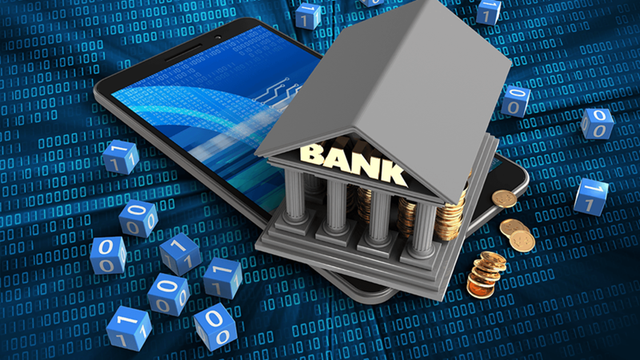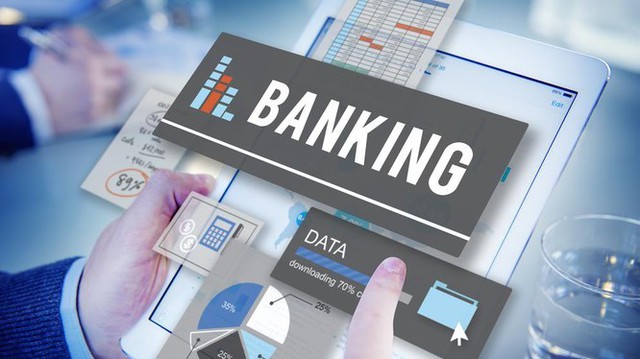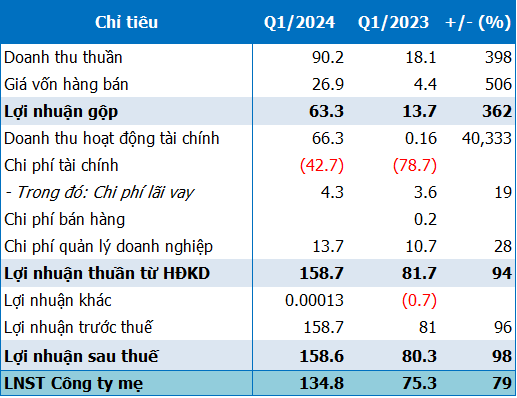Importance of Cybersecurity in Banking
With the rapid increase in technological advancements, personal and sensitive information such as bank accounts and passwords are more susceptible to attacks or access by malicious actors than ever before. Therefore, maintaining a secure system is of paramount importance for banks.
Protecting customer data is one of the most important elements that can affect a bank’s survival as well as reputation, which is why banks should be constantly vigilant and implement advanced security measures to protect against any cyber threats when accessing the internet or through online banking. Banks must also ensure that they are using the latest software updates and all employees are trained on how to handle customer data and bank transactions securely.
Top Cybersecurity Risks for Banks
In recent years, the rate of cybercrimes has intensified to the point where they are considered one of the biggest threats to the financial industry. As hackers’ methods and techniques become more sophisticated, it has become increasingly difficult to consistently defend against attacks.
Here are some of the most prevalent cybersecurity threats in the banking sector.

Protecting customer data is one of the most important elements that can affect a bank’s survival as well as reputation (Illustrative image)
Phishing
This is where cybercriminals set up fake websites that mimic legitimate entities and trick users into providing them with their personal information. These typically come in the form of emails and third-party messaging services. In this case, the cybercriminal will often imitate a bank’s website or online transaction or e-wallet service, tricking the user into providing sensitive information such as login credentials, OTP codes, and more.
Distributed Denial of Service (DDoS) attacks
A distributed denial of service or DDoS attack employs a botnet, a collection of interconnected online devices, to generate high volumes of traffic in order to make a website unavailable to legitimate users. Unlike other cyberattacks, the objective of a DDoS attack is not to break into the website’s security. Instead, it aims to make the network resource, server, or application unavailable to its intended audience. A DDoS attack can also be used to mask other malicious activity and disable security devices in order to breach a target’s security. Notably, during the pandemic, DDoS attacks on the financial services industry increased by 30%
Unencrypted Data
As cybercriminals grow more sophisticated, so too do the threats to data. It is no longer enough to simply protect access points; the data itself must be encrypted. According to a report by the multinational technology corporation IBM, the average cost of a data breach is $4.35 million. This figure is set to increase substantially as cyberattacks become increasingly common, costing businesses and users alike substantial sums. However, with today’s advanced encryption methods, these costs can be mitigated or avoided entirely.
Ransomware
Ransomware is a type of malicious software that cybercriminals use to encrypt important data and demand that the data’s owner pay a ransom in order to regain access to it. This form of cyberattack is a serious threat to banks, in the age of cryptocurrencies, cybercriminals have become particularly interested in finding vulnerabilities in decentralized systems which make it easier for them to steal from exchanges.
Data Manipulation
The alteration and modification of digital information is known as data manipulation. Cybercriminals utilize various methods to infiltrate networks, gain access to software or applications, and change data. By manipulating data rather than stealing it, attackers can be more successful and cause serious harm to individuals or organizations. This is a sophisticated cyberattack, as it can take a long time for users to realize that their private and confidential data has been altered and are unable to revert the changes made to it.
Spoofing
Spoofing is a type of cyberattack in which criminals disguise their identity as a trusted source in order to steal sensitive information or money. Banks face a constant threat from spoofing attacks which can have serious consequences for their customers and their operations. Additionally, man-in-the-middle attacks are becoming increasingly popular, in which attackers intercept communications between customers and banks in order to gain access to personal information, redirect payments, or even launch a denial-of-service attack. Therefore, it is essential for banks to remain vigilant and implement safeguards to protect themselves from these threats.

Three of the Most Common Financial Compliance Requirements Related to Cybersecurity in Banking
NIST
NIST has become the gold standard for assessing cybersecurity, identifying security vulnerabilities, and achieving compliance with cybersecurity laws, even when compliance is not mandatory. NIST developed 110 requirements that cover various aspects of an organization’s IT processes, policies, and technologies. These requirements address access control, system configuration, and authentication methods. Furthermore, incident response and cybersecurity protocols are also defined. Meeting all these requirements ensures that an organization’s networks, systems, and personnel are effectively prepared to manage any Controlled Unclassified Information (CUI) securely.
GDPR
The General Data Protection Regulation (EU GDPR) is a privacy and security framework designed to protect the personal data and privacy of EU citizens for transactions that occur within EU member states. Any company that processes the private data of EU citizens, whether manually or through automated processes, must comply with GDPR. The regulation outlines a set of security principles for data processors and data controllers to ensure the confidentiality of all user data throughout its entire lifecycle.
ISO/IEC 27001
The ISO/IEC 27001 standard is recognized globally for minimizing security risks and protecting information security systems (ISMS). It is an internationally recognized set of security policies and procedures that are vital to protecting an organization’s most important assets, such as customer and employee personal information, brand reputation, and more.
As it is the international standard for cybersecurity and data protection, obtaining ISO/IEC 27001 certification is essential for financial institutions that want to demonstrate superior cybersecurity solutions to stakeholders.
Conclusion
Cybersecurity solutions and processes are imperative for banks that hold vast amounts of personal data and transaction records. Financial institutions need to be increasingly aware of cybersecurity risks and adopt smart strategies to protect against increasingly sophisticated cyberattacks.
References: Ph.D Ina Nikolova
Summarized by DTSVN – Digital Transformation Solutions for the Finance – Banking Sector











































